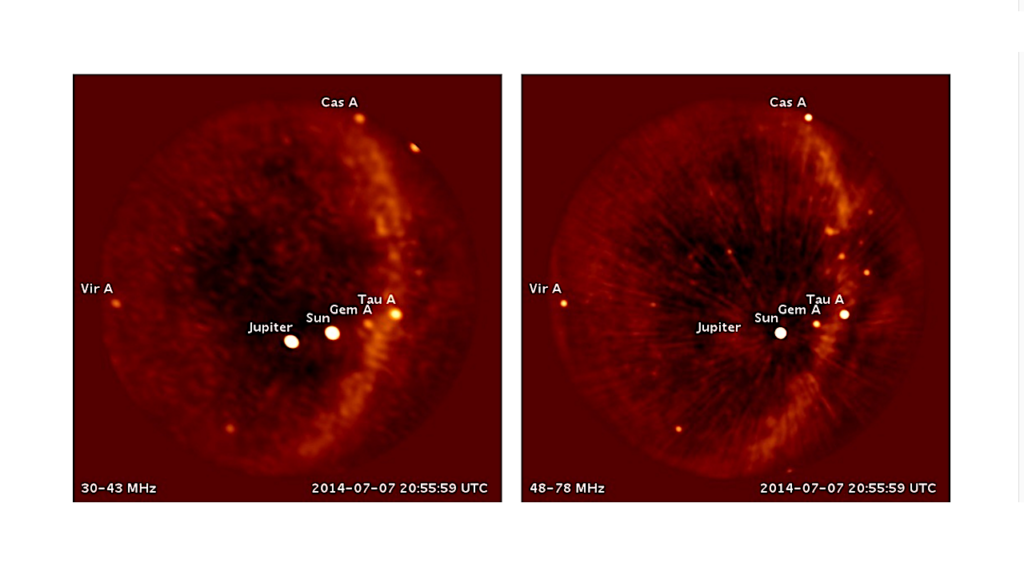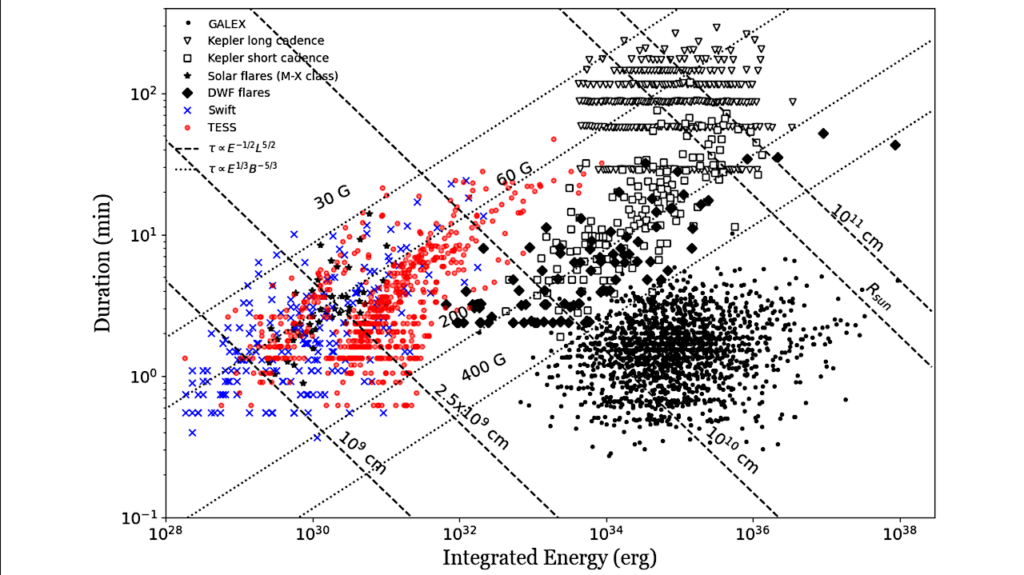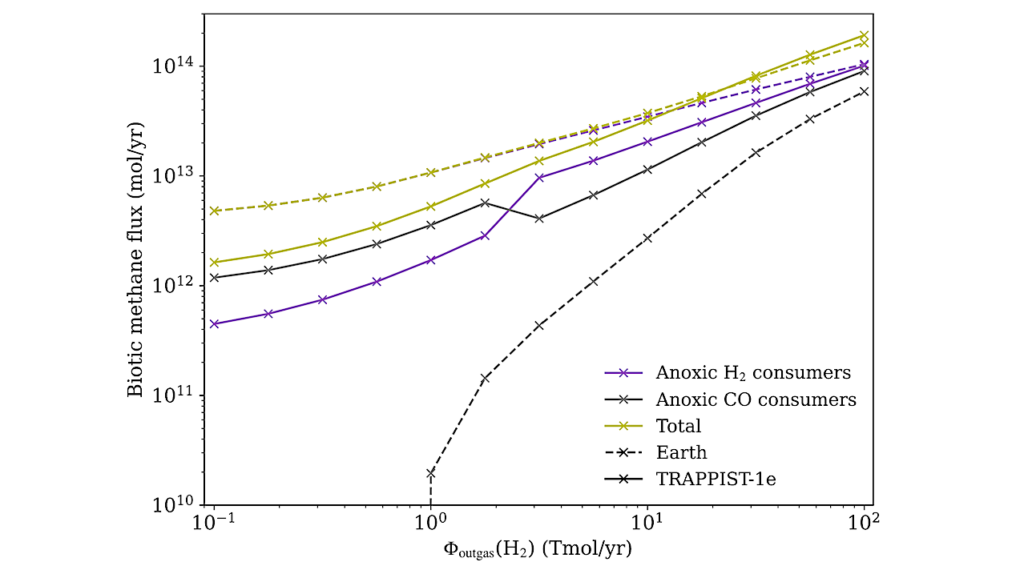A More Comprehensive Habitable Zone For Finding Life On Other Planets

The habitable zone (HZ) is the circular region around a star(s) where standing bodies of water could exist on the surface of a rocky planet. Space missions employ the HZ to select promising targets for follow-up habitability assessment.
The classical HZ definition assumes that the most important greenhouse gases for habitable planets orbiting main-sequence stars are CO2 and H2O. Although the classical HZ is an effective navigational tool, recent HZ formulations demonstrate that it cannot thoroughly capture the diversity of habitable exoplanets.
Here, I review the planetary and stellar processes considered in both classical and newer HZ formulations. Supplementing the classical HZ with additional considerations from these newer formulations improves our capability to filter out worlds that are unlikely to host life. Such improved HZ tools will be necessary for current and upcoming missions aiming to detect and characterize potentially habitable exoplanets.
Ramses M. Ramirez
(Submitted on 25 Jul 2018)
Comments: Accepted in Geosciences. Invited review for publication in “Planetary Evolution and Search for Life on Habitable Planets” Special Issue (58 pages, 15 Figures, 1 Table)
Subjects: Earth and Planetary Astrophysics (astro-ph.EP)
Cite as: arXiv:1807.09504 [astro-ph.EP] (or arXiv:1807.09504v1 [astro-ph.EP] for this version)
Submission history
From: Ramses Ramirez
[v1] Wed, 25 Jul 2018 09:48:37 GMT (1718kb)
https://arxiv.org/abs/1807.09504
Astrobiology








